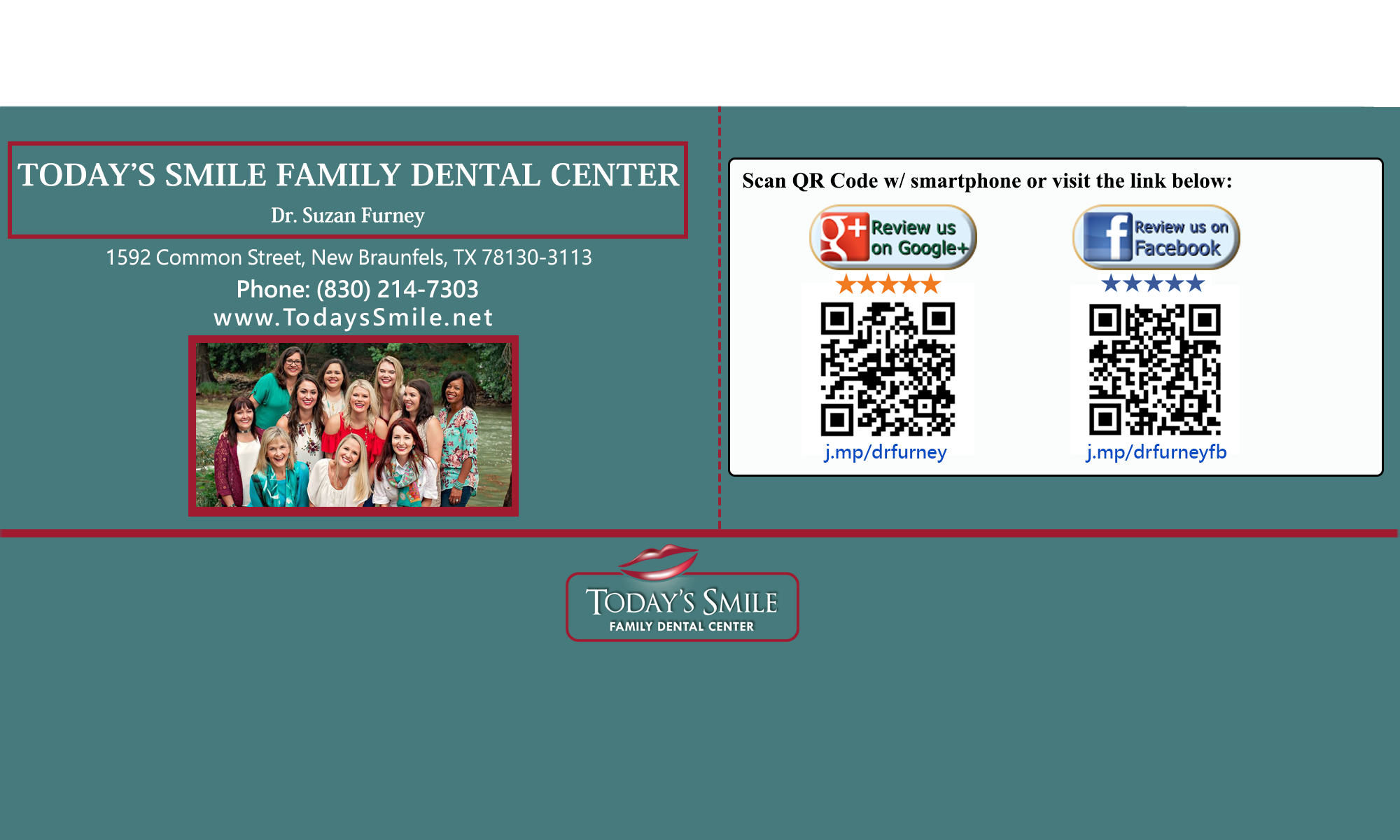Root canal therapy is an important treatment that can save a tooth with a diseased nerve and which in the past would probably have needed to be removed.
Inside each tooth is the ‘pulp’ which runs like a thread down through the root and provides nutrients and nerves to the tooth. It is the soft tissue that contains nerves, blood vessels and connective tissue.
If the pulp is diseased or injured, the pulp tissue dies.
The most common cause of pulp death is a cracked tooth or a deep cavity. Both of these problems can let bacteria enter the pulp.
So, if you don’t remove it, your tooth gets infected and you could lose it.
After the dentist – or endodontist (a dentist who specializes in problems of the pulp) – removes the pulp, the root canal is cleaned and sealed off to protect it. Then your dentist places a crown over the tooth to help make it stronger.
Most of the time, a root canal is a relatively simple procedure involving one to three visits with little or no discomfort.
Your restored tooth could last a lifetime, if you continue to care for your teeth and gums and enjoy regular checkups.
